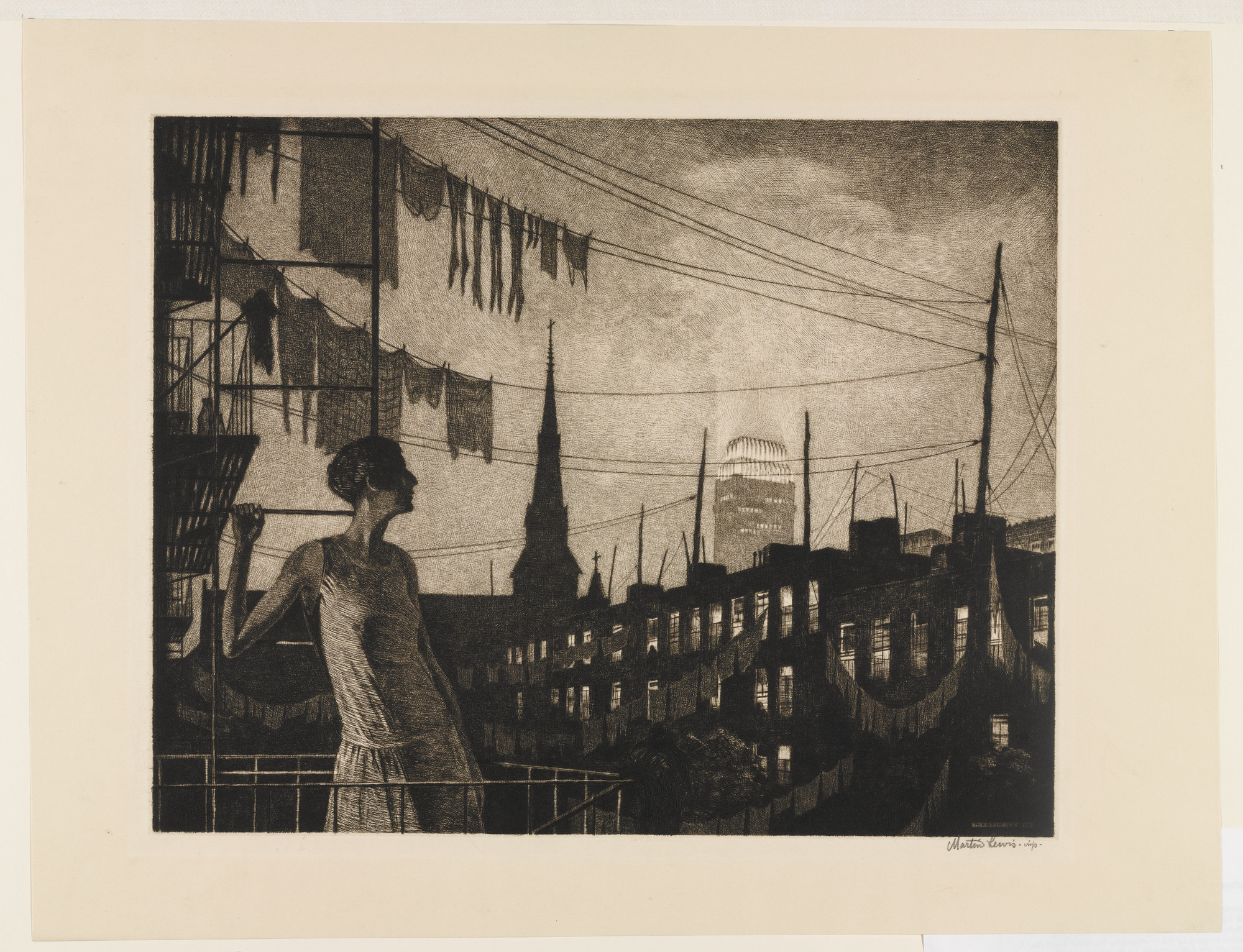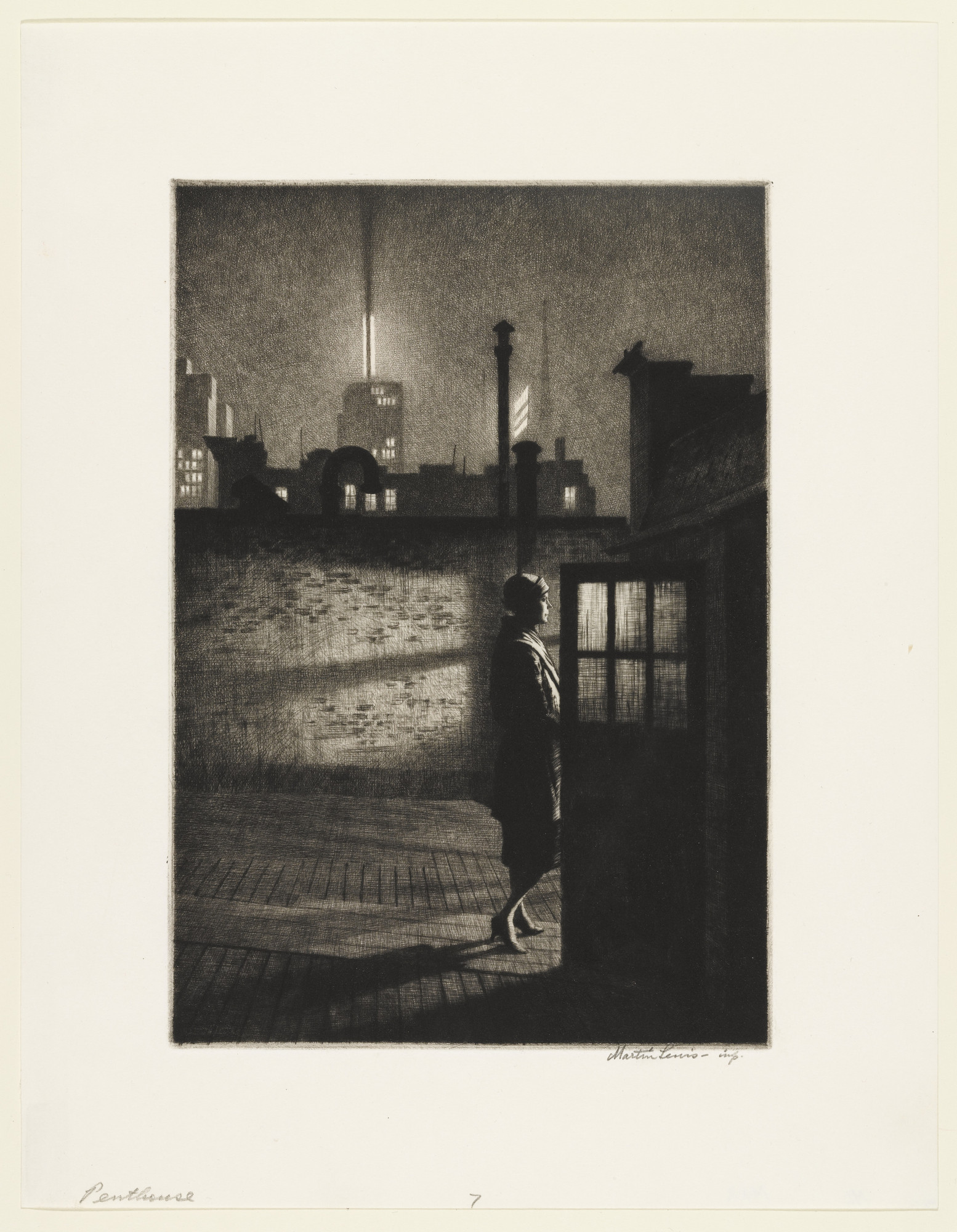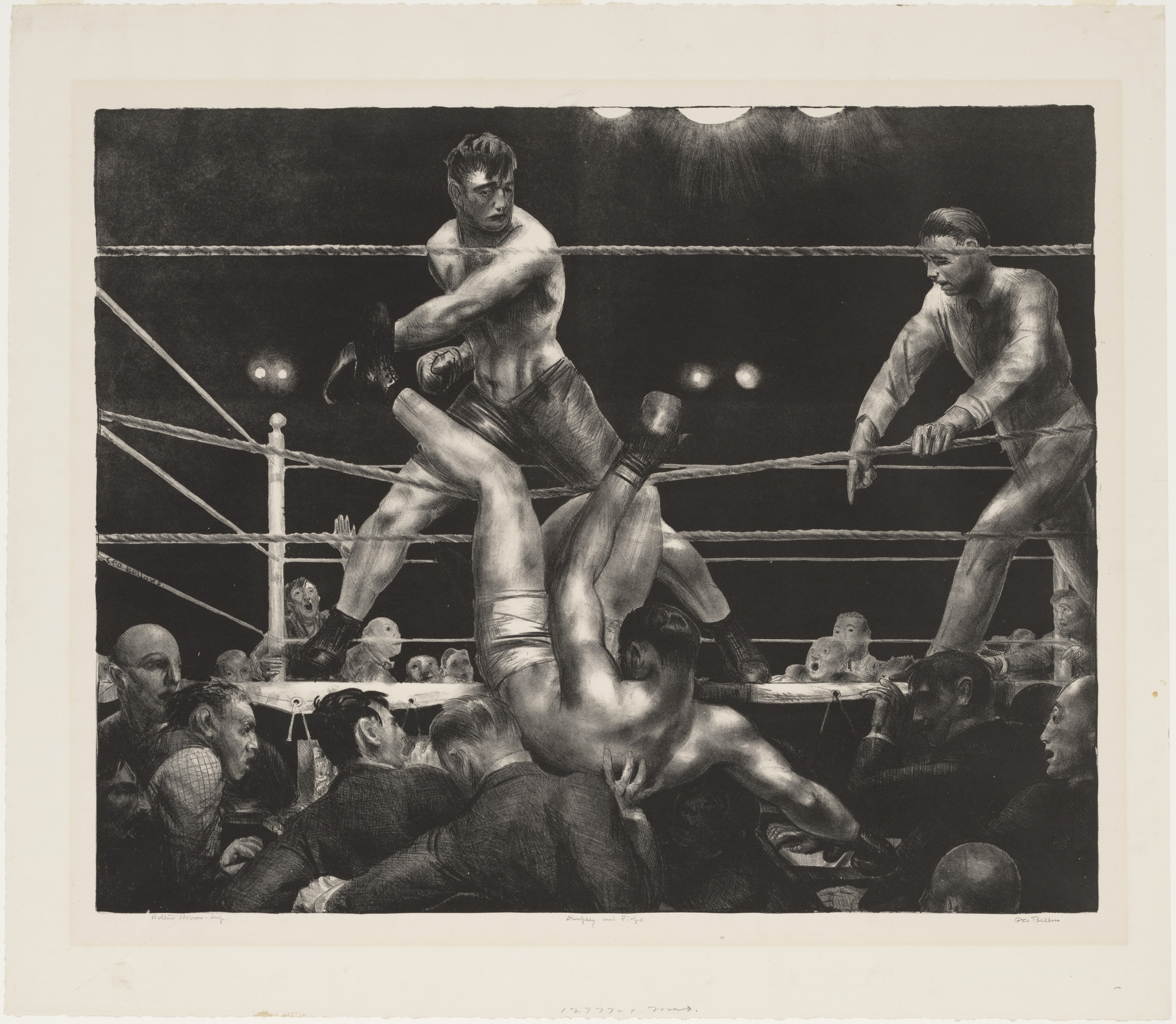The Frick Collection
October 16, 2019, through January 5, 2020
This fall and winter, the Frick presents three canvases by Édouard Manet (1832–1883) from the collection of the Norton Simon Museum in Pasadena, California, marking the first time the paintings will be exhibited together elsewhere since their acquisition.
Considered the father of Impressionism, Post-Impressionism, and, by some, twentieth-century abstraction, Manet was a revolutionary in his own time and a legend thereafter. Beyond his pivotal role in art history as the creator of iconic masterworks, Manet’s vision has come to define how we understand modern urban life and Paris, the so-called “capital of the nineteenth-century.”
Considered the father of Impressionism, Post-Impressionism, and, by some, twentieth-century abstraction, Manet was a revolutionary in his own time and a legend thereafter. Beyond his pivotal role in art history as the creator of iconic masterworks, Manet’s vision has come to define how we understand modern urban life and Paris, the so-called “capital of the nineteenth-century.”
The works in the exhibition encapsulate three “views” of the artist’s life and work. Each canvas offers an opportunity to consider the range of Manet’s pioneering vision.
![Madame Manet Madame Manet]()

Madame Manet (ca. 1876) encourages visitors to consider how the artist’s biography impacts the way in which his paintings are understood,
![Still Life with Fish and Shrimp Still Life with Fish and Shrimp]()
while the pristinely preserved Fish and Shrimp (1864) prompts an appreciation of his sheer technical skill.
![The Ragpicker The Ragpicker]()

while the pristinely preserved Fish and Shrimp (1864) prompts an appreciation of his sheer technical skill.

Finally, The Ragpicker (1867–71, possibly reworked 1876-77) demonstrates Manet’s innovative combination of references to contemporary visual culture and Old Master painting.
Manet: Three Paintings from the Norton Simon Museum is the seventh in a series of acclaimed reciprocal loans with the California museum. The exhibition and accompanying catalogue—which features new scholarly material on technical analysis, provenance, and dating—were organized and written by David Pullins, formerly Assistant Curator, The Frick Collection.
In anticipation of the presentation in New York, conservators at the J. Paul Getty Museum in Los Angeles treated the three canvases, restoring their original luminosity. Technical study at the Getty in collaboration with research conducted at the Frick has resulted in a better understanding of Manet’s technique and his habit of reworking his paintings.
Manet: Three Paintings from the Norton Simon Museum is the seventh in a series of acclaimed reciprocal loans with the California museum. The exhibition and accompanying catalogue—which features new scholarly material on technical analysis, provenance, and dating—were organized and written by David Pullins, formerly Assistant Curator, The Frick Collection.
In anticipation of the presentation in New York, conservators at the J. Paul Getty Museum in Los Angeles treated the three canvases, restoring their original luminosity. Technical study at the Getty in collaboration with research conducted at the Frick has resulted in a better understanding of Manet’s technique and his habit of reworking his paintings.
COLLECTING MANET
Compared with his numerous acquisitions of Old Masters, Henry Clay Frick’s interest in avant-garde French painting was limited. In 1914, he purchased his sole canvas by Édouard Manet,
![Image result for Édouard Manet, The Bullfight]()

The Bullfight (1864), and installed it in his private study on the second floor of his Fifth Avenue mansion, alongside Edgar Degas’s Rehearsal (1878–79). By contrast, industrialist Norton Simon was deeply committed to nineteenth-century French art. Besides amassing one of the nation’s most important collections of Old Master paintings, he acquired superb examples by the Impressionists, Post-Impressionists, and Nabis, and the museum that bears his name is recognized as one of the world’s richest repositories of paintings, pastels, and sculptures by Degas.
The Norton Simon Museum’s three works by Manet will be presented in the Frick’s Oval Room, in dialogue with the Old Master paintings in the adjacent galleries. Much like The Bullfight, Henry Clay Frick’s single, exquisite Manet(on view during the exhibition in the North Hall), these works will allow us to better appreciate a great master and his pivotal place in art history between tradition and the avant-garde.
MADAME MANET
Madame Manet hung in Simon’s home for more than a year before he remitted final payment to Wildenstein & Company, in 1957. Much like Henry Clay Frick, Simon was notorious for his insistence on living with a possible acquisition and understanding its relationship to his existing collection before finalizing the purchase. Manet’s future wife, Suzanne Leenhoff, arrived at the Manet family home in 1851, as a piano instructor for the adolescent Édouard and his brother, Eugène. They married twelve years later. By the time ofhis death, in 1883, Manet had painted Suzanne at least thirteen times. The Simon’s portrait gives the impression of being among the most immediate, rapidly brushed records that Manet left of his wife, but technical analysis reveals that the artist actually worked with great deliberation in order to achieve this effect.
While the raw canvas is visible to the naked eye and the dress is composed of quick, dramatic strokes, the painting’s layers of thin washes and shiny glazes—which required drying between applications—attest to the artist’s laborious process. Moreover, technical analysis reveals that Manet first portrayed his wife wearing a black hat, which he later obscured: the resulting pentimento has left a halo around her head. Revisions were typical of Manet, particularly in his portraits. One of his favorite models, Isabelle Lemonnier, recounted that“he was endlessly starting my portraits over again. He destroyed I know not how many studies in front of me.”
Research for the exhibition places Madame Manet early in the chronology of a group of paintings executed between 1876 and 1879 that relate to
![In the Conservatory - edited.jpg]()
In the Conservatory, a double portrait of Jeanne Julie Charlotte Guillemet and her husband, Jules (Alte Nationalgalerie, Berlin). It seems that Manet asked his wife to sit for preliminary studies of the work, in orderto explorethe pose and colors. After Manet’s death, many unfinished canvases that remained in his home and studio (including Madame Manet) were alteredto make them more desirable for sale. These posthumous alterations—carried out by several lesser artists, seemingly with the blessing of Manet’s widow—ranged from completing unresolved parts of the composition to forging Manet’s signature, as was the case with Madame Manet.
FISH AND SHRIMP
Fish and Shrimparrived at the Simon home early in 1959, on approval from Paul Rosenberg & Company. After nearly eleven months of complicated payment proposals from Simon, Rosenberg wrote to him in exasperation, “May I say again that I would be much happier if you could make it a strait [sic] deal?” Again, the collector was thinking about harmony across his collection: he recently had acquired two still lifes by Chardinand was pursuing two floral still lifes by Henri Fantin-Latour. He finally agreed to the price of $110,000 for Fish and Shrimp. In 1973, he consigned thirteen works to Sotheby’s Parke-Bernet, among them Fish and Shrimp. (During the 1970s, Simon regularly sold earlier acquisitions.) The still life went unsold, and although it was offered back to Simon, he declined. Five years later, however, he bought the painting back from the auction house at a greatly reduced price.The work is finely preserved. Never relined, it retains the peaks and valleys of Manet’s rich impasto. It comes from Manet’s first sustained engagement with still life, around 1864.
In contrast to the challenging subject matter of his once controversial but now celebrated Olympia (1863) and Luncheon on the Grass(1863), these early still lifes gave critics the chance to appreciate Manet’s sheer technical virtuosity.
In 1867, Émile Zola noted that his still lifes “begin, happily, to be masterpieces for everyone ... Even the most vocal enemies of Édouard Manet’s talent admit that he paints inanimate objects well.” A year later, the painter Odilon Redon quipped, “Manet, who appears to us especially well equipped for still-life painting, should limit himself to that.” While the paint surface of Fish and Shrimp is best appreciated in person, the composition, too, is exquisite: the table has been drawn close to the picture plane but provocatively sits slightly askew, and the white wrapper draws attention to the main subject, while the forms of the fish echo one another, with the salmon’s tail flung upward and the nose of the needlefish pointed down.
THE RAGPICKER
The Ragpicker is a monumental, institutionally scaled painting purchased from Wildenstein & Company by the Norton Simon Foundation in 1968, in the wake of Simon’s creation of the Hunt Foods & Industries Museum, in 1966. Forerunner of today’s Norton Simon Museum, this innovative organization’s mission was to serve as a traveling “collection without walls” that exhibited works of art throughout the United States. Perhaps because Simon never intended to display The Ragpicker in his home, he bought it almost immediately, within a month of it being proposed to him.
The Ragpicker is one of a group of full-length figures that Manet retroactively dubbed the “4 Philosophers” when he sold them to the art dealing firm Durand-Ruel, in 1872. The series was inspired by Diego Velázquez’s dignified, penetrating depictions of so-called beggar-philosophers, poor men of the streets who spoke words of wisdom.
In addition to the impact the Spanish masters had on Manet following his trip to Spain in 1865, the trope of the beggar-philosopher was widely popular in Manet’s Paris. In response to the rapid changes made to the French capital under Georges-Eugène Haussmann, writers including Manet’s friend Charles Baudelaire celebrated members of the displaced urban underclass. In particular, ragpickers—who redistributed discarded textiles and modest goods among the lower social classes—represented a respectable, if downtrodden, laborer.
Although The Ragpicker was the last in the series of “4 Philosophers,” new research combined with technical study suggests that Manet completed it in two stages. When he sold the painting to Durand-Ruel, it probably had a smooth surface,much like the three other works in the series. But the agitated crosshatches visible on the figure’s face and hands suggest that Manet revisited significant parts of the canvas around 1875, during a time when he briefly explored this technique. Cracks in the paint’s surface indicate that the face and hands have multiple layers, likely applied sometime after the initial paint surface had dried. As it happens, The Ragpicker was owned by businessman Ernest Hoschédé between 1872 and 1878, and Manet is known to have visited the Hoschédé’s country house, the Château de Rottembourg, in the summer of 1875 or 1876. It can be assumed that he reworked the painting’s surface during his stay.
While the raw canvas is visible to the naked eye and the dress is composed of quick, dramatic strokes, the painting’s layers of thin washes and shiny glazes—which required drying between applications—attest to the artist’s laborious process. Moreover, technical analysis reveals that Manet first portrayed his wife wearing a black hat, which he later obscured: the resulting pentimento has left a halo around her head. Revisions were typical of Manet, particularly in his portraits. One of his favorite models, Isabelle Lemonnier, recounted that“he was endlessly starting my portraits over again. He destroyed I know not how many studies in front of me.”
Research for the exhibition places Madame Manet early in the chronology of a group of paintings executed between 1876 and 1879 that relate to

In the Conservatory, a double portrait of Jeanne Julie Charlotte Guillemet and her husband, Jules (Alte Nationalgalerie, Berlin). It seems that Manet asked his wife to sit for preliminary studies of the work, in orderto explorethe pose and colors. After Manet’s death, many unfinished canvases that remained in his home and studio (including Madame Manet) were alteredto make them more desirable for sale. These posthumous alterations—carried out by several lesser artists, seemingly with the blessing of Manet’s widow—ranged from completing unresolved parts of the composition to forging Manet’s signature, as was the case with Madame Manet.
FISH AND SHRIMP
Fish and Shrimparrived at the Simon home early in 1959, on approval from Paul Rosenberg & Company. After nearly eleven months of complicated payment proposals from Simon, Rosenberg wrote to him in exasperation, “May I say again that I would be much happier if you could make it a strait [sic] deal?” Again, the collector was thinking about harmony across his collection: he recently had acquired two still lifes by Chardinand was pursuing two floral still lifes by Henri Fantin-Latour. He finally agreed to the price of $110,000 for Fish and Shrimp. In 1973, he consigned thirteen works to Sotheby’s Parke-Bernet, among them Fish and Shrimp. (During the 1970s, Simon regularly sold earlier acquisitions.) The still life went unsold, and although it was offered back to Simon, he declined. Five years later, however, he bought the painting back from the auction house at a greatly reduced price.The work is finely preserved. Never relined, it retains the peaks and valleys of Manet’s rich impasto. It comes from Manet’s first sustained engagement with still life, around 1864.
In contrast to the challenging subject matter of his once controversial but now celebrated Olympia (1863) and Luncheon on the Grass(1863), these early still lifes gave critics the chance to appreciate Manet’s sheer technical virtuosity.
In 1867, Émile Zola noted that his still lifes “begin, happily, to be masterpieces for everyone ... Even the most vocal enemies of Édouard Manet’s talent admit that he paints inanimate objects well.” A year later, the painter Odilon Redon quipped, “Manet, who appears to us especially well equipped for still-life painting, should limit himself to that.” While the paint surface of Fish and Shrimp is best appreciated in person, the composition, too, is exquisite: the table has been drawn close to the picture plane but provocatively sits slightly askew, and the white wrapper draws attention to the main subject, while the forms of the fish echo one another, with the salmon’s tail flung upward and the nose of the needlefish pointed down.
THE RAGPICKER
The Ragpicker is a monumental, institutionally scaled painting purchased from Wildenstein & Company by the Norton Simon Foundation in 1968, in the wake of Simon’s creation of the Hunt Foods & Industries Museum, in 1966. Forerunner of today’s Norton Simon Museum, this innovative organization’s mission was to serve as a traveling “collection without walls” that exhibited works of art throughout the United States. Perhaps because Simon never intended to display The Ragpicker in his home, he bought it almost immediately, within a month of it being proposed to him.
The Ragpicker is one of a group of full-length figures that Manet retroactively dubbed the “4 Philosophers” when he sold them to the art dealing firm Durand-Ruel, in 1872. The series was inspired by Diego Velázquez’s dignified, penetrating depictions of so-called beggar-philosophers, poor men of the streets who spoke words of wisdom.
In addition to the impact the Spanish masters had on Manet following his trip to Spain in 1865, the trope of the beggar-philosopher was widely popular in Manet’s Paris. In response to the rapid changes made to the French capital under Georges-Eugène Haussmann, writers including Manet’s friend Charles Baudelaire celebrated members of the displaced urban underclass. In particular, ragpickers—who redistributed discarded textiles and modest goods among the lower social classes—represented a respectable, if downtrodden, laborer.
Although The Ragpicker was the last in the series of “4 Philosophers,” new research combined with technical study suggests that Manet completed it in two stages. When he sold the painting to Durand-Ruel, it probably had a smooth surface,much like the three other works in the series. But the agitated crosshatches visible on the figure’s face and hands suggest that Manet revisited significant parts of the canvas around 1875, during a time when he briefly explored this technique. Cracks in the paint’s surface indicate that the face and hands have multiple layers, likely applied sometime after the initial paint surface had dried. As it happens, The Ragpicker was owned by businessman Ernest Hoschédé between 1872 and 1878, and Manet is known to have visited the Hoschédé’s country house, the Château de Rottembourg, in the summer of 1875 or 1876. It can be assumed that he reworked the painting’s surface during his stay.
PUBLICATION
The exhibition is accompanied by a beautifully illustrated catalogue written by curator David Pullins. The volume includes important new technical information derived from collaboration with the Getty and discoveries about Manet’s development as an artist.


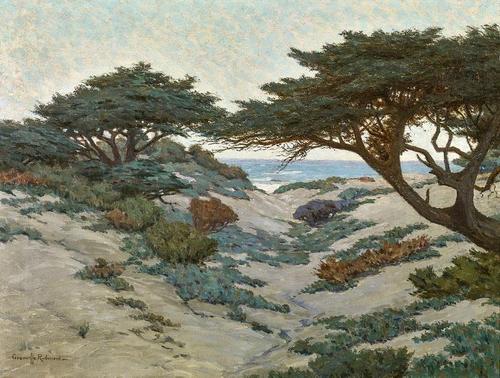


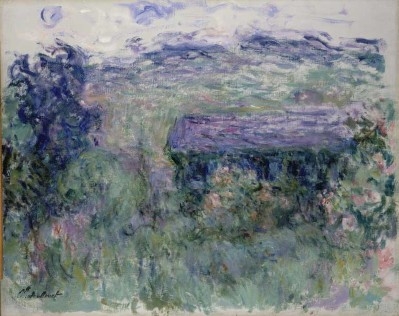



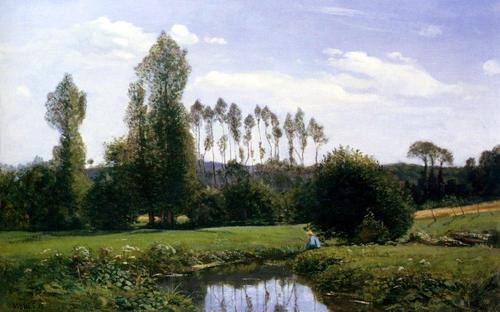
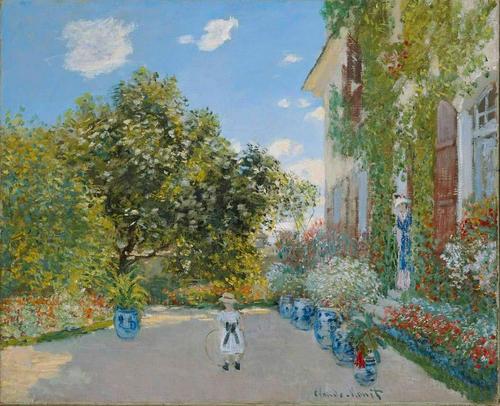










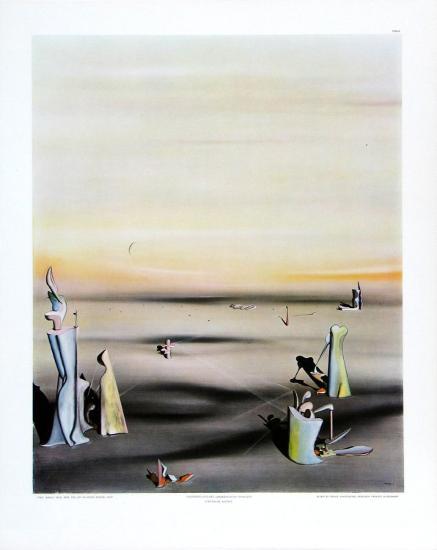


.jpg?mode=max&width=1025)

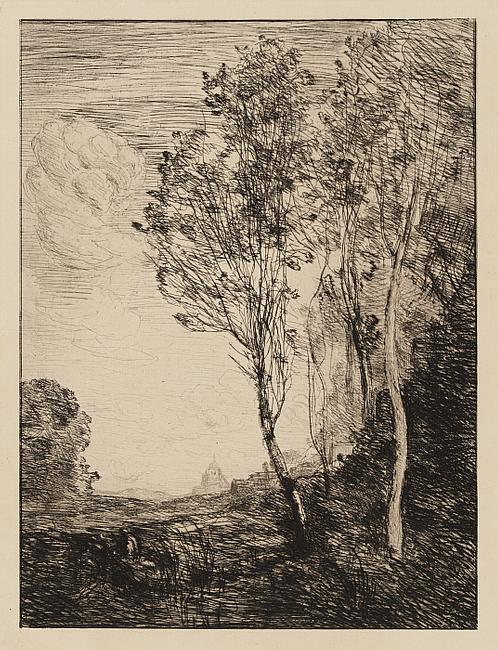

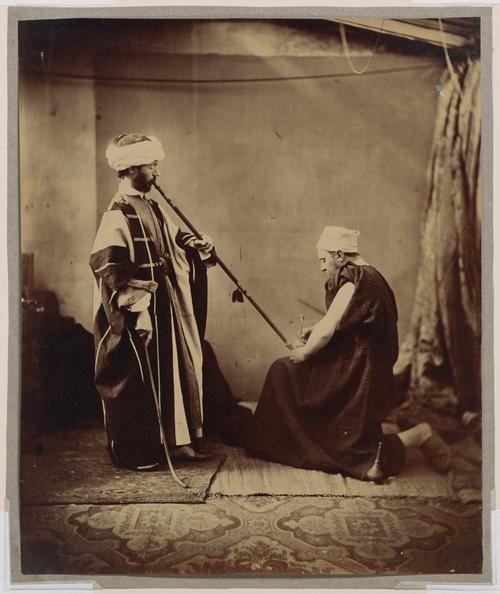

































/cdn.vox-cdn.com/assets/3905027/800px-Monet_-_Sonnenaufgang_bei_Etretat.jpg)









